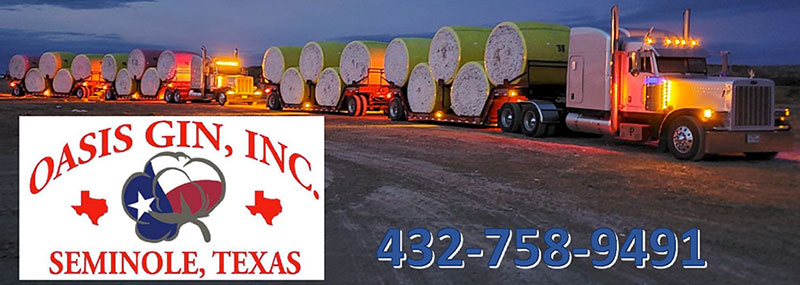| |
Trump Ends US Sanctions on Sy 07/01 06:34
President Donald Trump signed an executive order on Monday ending many U.S.
economic sanctions on Syria, following through on a promise he made to the
country's new interim leader.
WASHINGTON (AP) -- President Donald Trump signed an executive order on
Monday ending many U.S. economic sanctions on Syria, following through on a
promise he made to the country's new interim leader.
White House press secretary Karoline Leavitt said the move was designed to
"promote and support the country's path to stability and peace."
The executive order is meant to "end the country's isolation from the
international financial system, setting the stage for global commerce and
galvanizing investments from its neighbors in the region, as well as from the
United States," Treasury's acting undersecretary for terrorism and financial
intelligence, Brad Smith, told reporters on a call Monday to preview the
administration's action.
Monday's actions do not rescind sanctions imposed on ousted former President
Bashar Assad, his top aides, family members and officials who had been
determined to have committed human rights abuses or been involved in drug
trafficking or part of Syria's chemical weapons program.
It also leaves intact a major set of sanctions passed by Congress targeting
anyone doing business with or offering support to Syria's military,
intelligence or other suspect institutions. While the Trump administration has
passed temporary waivers on those sanctions, known as the Caesar Act, they can
only be permanently repealed by law.
The White House posted the text of the order on X after the signing, which
was not open to the press.
The U.S. granted Syria sweeping exemptions from sanctions in May, which was
a first step toward fulfilling the Republican president's pledge to lift a
half-century of penalties on a country shattered by 13 years of civil war.
Along with the lifting of economic sanctions, Monday's executive order lifts
the national emergency outlined in an executive order issued by former
President George W. Bush in response to Syria's occupation of Lebanon and
pursuit of weapons of mass destruction and missile programs, Treasury officials
said. Five other previous executive orders related to Syria were also lifted.
Sanctions targeting terrorist groups and manufacturers and sellers of the
amphetamine-like stimulant Captagon will remain in place.
Trump met with Syria's interim leader, Ahmed al-Sharaa, in Saudi Arabia in
May and told him he would lift sanctions and explore normalizing relations in a
major policy shift in relations between the U.S. and Syria.
"This is another promise made and promise kept," Leavitt said Monday.
The European Union has also followed through with lifting nearly all
remaining sanctions on Syria.
Still, some restrictions remain in place. The U.S. still designates Syria as
a state sponsor of terrorism and the group led by al-Sharaa as a foreign
terrorist organization.
A State Department official said the department is reviewing those
designations.
|
|

